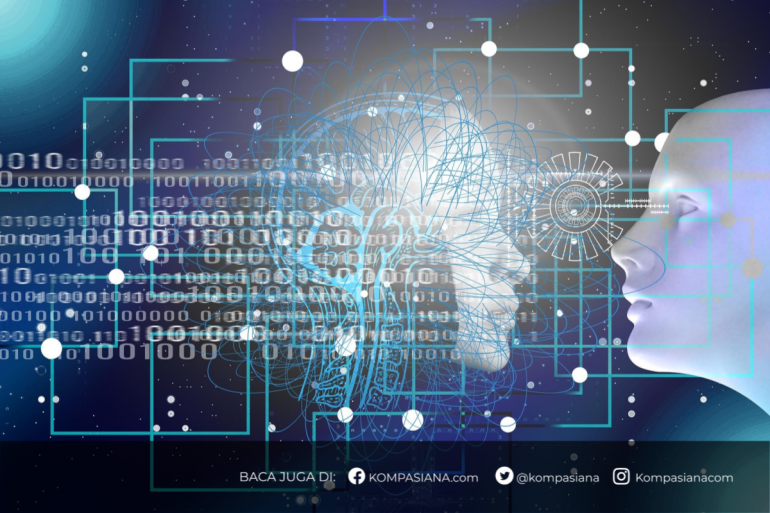Introduction
The contentious episode involving an AI-generated painting securing victory in the Colorado Street Fair contest continues to resonate, sparking debates within the digital artist community and the broader online sphere. This incident raises critical questions regarding the ethical implications of utilizing artificial intelligence in the creation of art. This academic paper aims to meticulously dissect the multifaceted issues associated with AI-generated art, emphasizing the ethical concerns surrounding digital artists and the utilization of copyrighted material.
Contextualizing the Debate
The winning artwork, crafted through the utilization of Midjourney, an AI tool adept at generating images based on textual input, ignited controversy due to its victory over human-created entries. This scenario has become emblematic of a broader trend wherein various AI painting generators, including but not limited to Midjourney, Stable Diffusion, DALL-E, and Imagen, have proliferated, redefining the landscape of artistic creation.
The Core Concerns
The central apprehension among the digital artist community extends beyond the mere ability of AI to replicate artistic processes. Rather, the focus lies in comprehending the mechanisms employed by AI and the commercialization strategies adopted by its creators. This paper delves into the intricacies of AI's operational modus operandi in generating realistic paintings and the ethical quandaries associated with the databases supporting these systems.
The Operational Mechanism of AI Art Generation
AI's proficiency in generating art stems from its ability to learn and improvise based on examples. The process involves training the AI using specific mathematical models that enhance the correlation between images and textual descriptions. LAION 5-B, a notable example, is a dataset comprising 5 billion URL images and descriptive texts sourced from the internet. The ethical concerns arise from the acquisition of these images without the knowledge or consent of copyright holders.
Navigating the Complex Legal Terrain
Non-profit entities such as LAION and Common Crawl have played pivotal roles in curating datasets like LAION 5-B. These organizations operate under legal exemptions for research purposes, shielding them from legal ramifications related to the collection and use of copyrighted data. However, the ethical conundrum arises when these datasets, originally intended for research, are appropriated by for-profit enterprises such as Stable Diffusion.
Ethical Implications for Digital Artists







